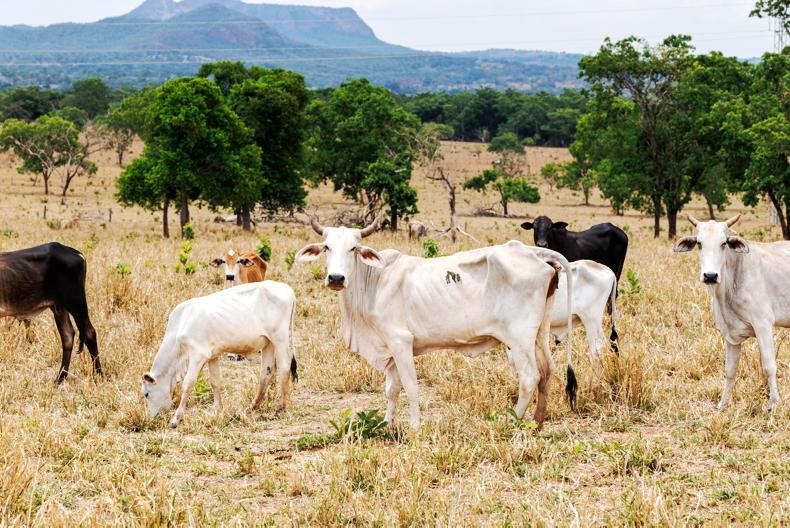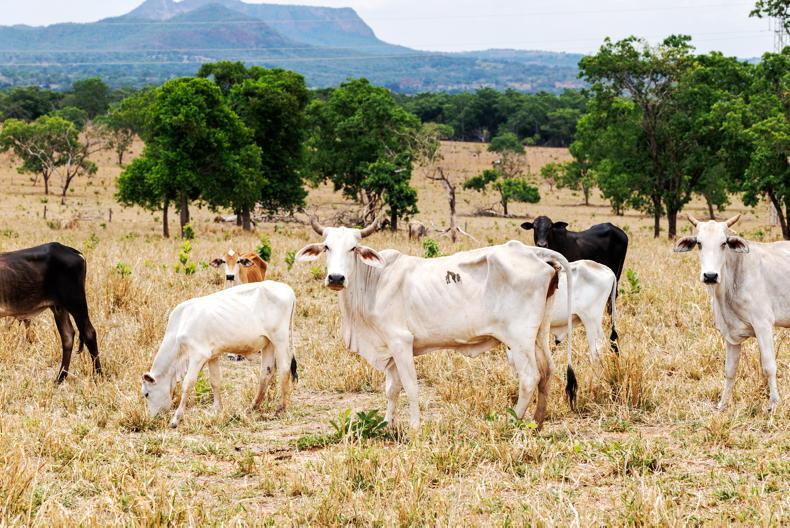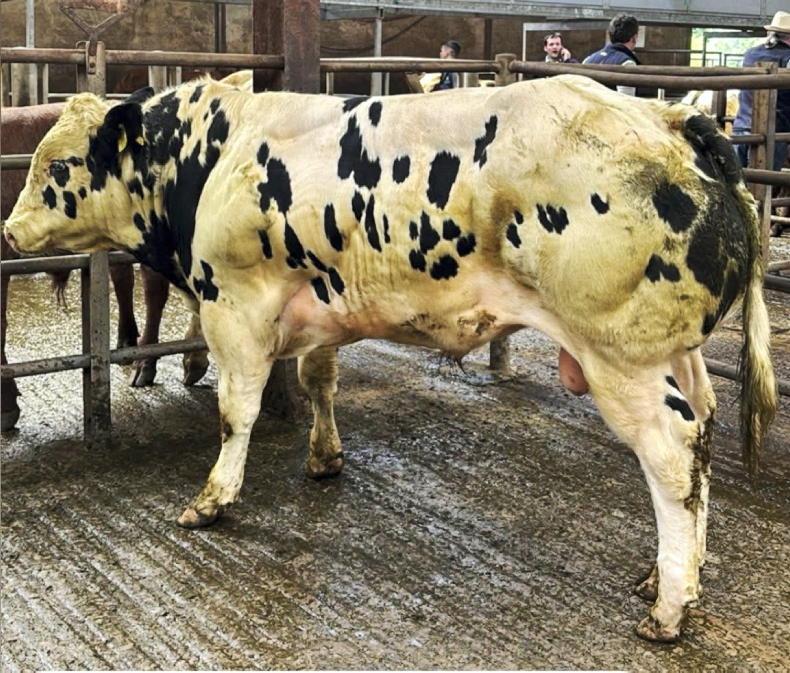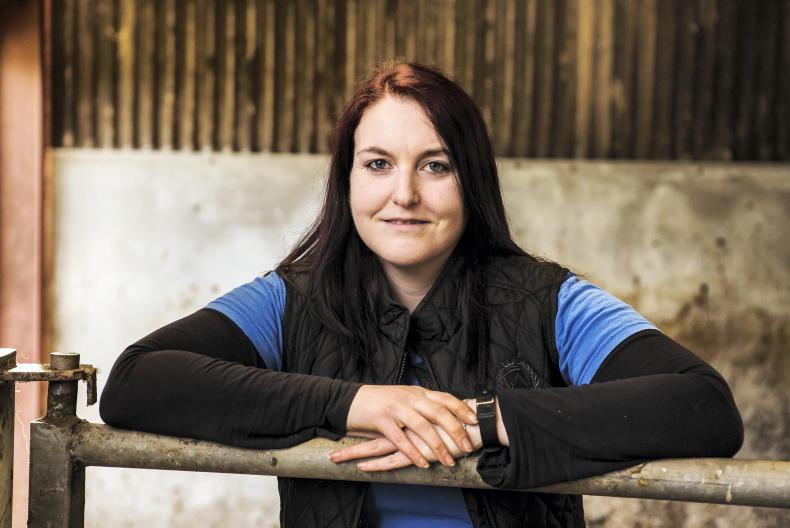1 Feeding the ewe close to lambing
Most foetal growth occurs in the last six to eight weeks before lambing. This creates multiple challenges, especially with ewes carrying twins and triplets.
This is a huge energy draw on the ewe and we must ensure she can do this. With an expanding uterus (lambs), she also has reduced feed intake, meaning for these ewes, good-quality forage is essential.
We also must supplement appropriately to match this energy deficit and reduced intake potential.
Ewes that don’t match this energy need can risk developing twin lamb disease (ketosis). Make sure you have a balanced high-energy diet in the last month of pregnancy. This must also be balanced with proteins and minerals.
2 Feed space and water
Before lambing time, ewes will like to lie down and also require plenty feed space. Ensure prepartum ewes have at least 1.2m2 in the last month from lambing.
Every ewe should also have space to feed to avoid bullying with younger ewes. Overcrowding and bullying can reduce feed intakes and also increase the risk of prolapse.
Have water drinkers clean and at the right height to avoid faecal contamination.
Prioritise clean straw and fresh bedding for all lambing pens.
3 Vaginal prolapses
There are many theories around why these occur. Try to avoid over-conditioned ewes and overcrowding in the month before lambing.
Some farms I have visited have also seen a reduction in these where calcium metabolism has been managed in the last three to four weeks.
The young foetus draws calcium from the bone of the ewe. The ewe requires a low-calcium and high-magnesium diet pre-lambing.
High calcium diets may slow this process of calcium metabolism (Krebbs cycle).
Farms where silage is high in potassium may pose a risk to calcium issues and may see more ewes going down with milk fever and vaginal prolapses.
When replacing a prolapse, they should be placed back in position (gently) using a harness or good stitch. They must be monitored closely once the prolapse is replaced for signs of lambing.
When I stitched these ewes, I would always put spray marker on the head to help farmers identify them.
4 Lambing equipment
Have all your lambing equipment clean and ready before lambing time. Lots of gloves and lubricant are essential. Have any medicines such as chlorhexidine, navel spray and painkillers in stock.
Any ewe that gets a hard lambing should receive pain-relieving medication (anti-inflammatories) at a minimum.
Make sure all lambing aids are cleaned between lambings in Milton or other suitable disinfectants.
Have a hot water tap for cleaning all equipment and some high-quality colostrum replacers if they are needed.
Farmers can carry streptococcal infections on their hands, which may cause joint problems or joint ill. Good hygiene around lambing equipment is essential.
5 Tackling ring womb
The actual cause of ring womb is still unknown, but they can be very difficult to manage.
Some cases can be mild - with some gentle digital (slow) manipulation, they will slowly open. These ewes should receive an antibiotic and painkiller. Farmers need to work with their own vet around treatment choices for these cases.
Any case of severe ring womb, farmers should not attempt to open them with digital pressure. A caesarean section is always a good call.
Where ring womb is compounded by dead lambs, make that call to your vet about the best options.
6 Lambing the ewe
The first thing we must get used to is spotting a ewe getting ready to lamb. They will bag up (udder fills with milk) 48 hours before lambing. This may occur sooner in some ewes, but this, along with restlessness, is a good indicator they are about to start the lambing process.
These ewes should be isolated to individual lambing pens. Don’t intervene too early, but monitor for forcing and progress.
When ewes start straining, you should see progress within one to two hours. This may mean a water bag and legs appearing.
If no progress is being made while forcing continues, it may be time to put on a glove and have a feel.
If no legs or head can be felt, then check to make sure the cervix is softened and opening. If so, gently feel deeper inside the womb to check for malpresentations. This will be legs down, heads back, breaches, etc.
All ewes that are scanned for multiple births must be monitored more closely.
7 Sorting lambs
When you are faced with multiple births, it is important to identify one lamb at a time. Identify back legs from front legs first. Then work back to make sure that the legs you put pressure on belong to the same lamb.
It is so important that we go gently and move slowly when handling ewes. Only pull when you are sure you have the legs of the same lamb.
With front legs, an attempt should be made also to place a rope around the back of the head. This will spread the force of traction and also make sure that the head doesn’t slip back.
We must stop pulling if not making progress or the lamb's head continually slips back.
If in doubt, don’t pull them out and call for help.
Use a soft or rubber rope when lambing.
Lambing devices are useful and can help spreading traction. Use large soft or rubber ropes and please make sure to disinfect them between lambings.
Always wear gloves and practice good hygiene and use plenty lubrication any time we handle ewes.
Any ewe that receives handling or pressure should receive an anti-inflammatory at a minimum, but also talk to your vet about antibiotics.
8 Colostrum management
The most important moment in any lamb’s life is the first suck of colostrum. This vital first milk contains essential immunity for the newborn lamb. It also contains high levels of fat and energy that allow them battle any issues with cold (hypothermia).
The first place to start with colostrum is the ewe, by feeding a good balance of protein and energy in her diet for two to three weeks pre-lambing. The aim should be to have protein at 11% to 12% of the diet, along with a good energy source. This will help ensure good-quality colostrum.
Then hygiene becomes very important to ensure that the ewes udder is clean. We don’t want the first suck to be faeces. We want lively lambs up and sucking straight away. Any lamb which has had a hard pull or slow to their feet need to be tubed.
Milk out the ewe and aim for 50ml/kg of colostrum by stomach tube. Ensure the stomach tube is cleaned between lambs.
If you are using colostrum replacers, then only use high-quality ones which contain a high percentage of bovine colostrum.
Every farmer should milk out any spare colostrum and place it in a zip-lock bag in the freezer as a reserve.
9 Hypothermia
Cold is still one of the big killers of lambs. When lambing indoors in cold weather, extra effort must be made to ensure lambs are suckling and ewes have plenty milk.
A warming box is a great investment for any sheep farmer. Lambs will only need to spend two to four hours in this to warm them back up. This may vary, but my advice is warm them up then feed after one hour.
Some farmers have said that lamb jackets can be an aid for lambs outdoors.
Pet lambs have now become easier to rear because of good automatic feeding systems. One challenge is not to overcrowd the pens with lambs.
Also, well-bedded straw pens make a huge difference to allow lambs to nest in cold weather and stay warm.
10 Hygiene is key
The two main diseases of young lambs are watery mouth and joint ill. One important element to managing these is good hygiene. However, we should never forget the most important element that is good colostrum management.
Hygiene in pens is key to rearing healthy lambs. One important and often overlooked factor is drainage. Make sure you have no leaking pipes and good underfloor slopes to take excess moisture away.
Use plenty of clean straw bedding and lime between lambings.
Make sure all water drinkers are at the right height and are kept clean regularly.










SHARING OPTIONS